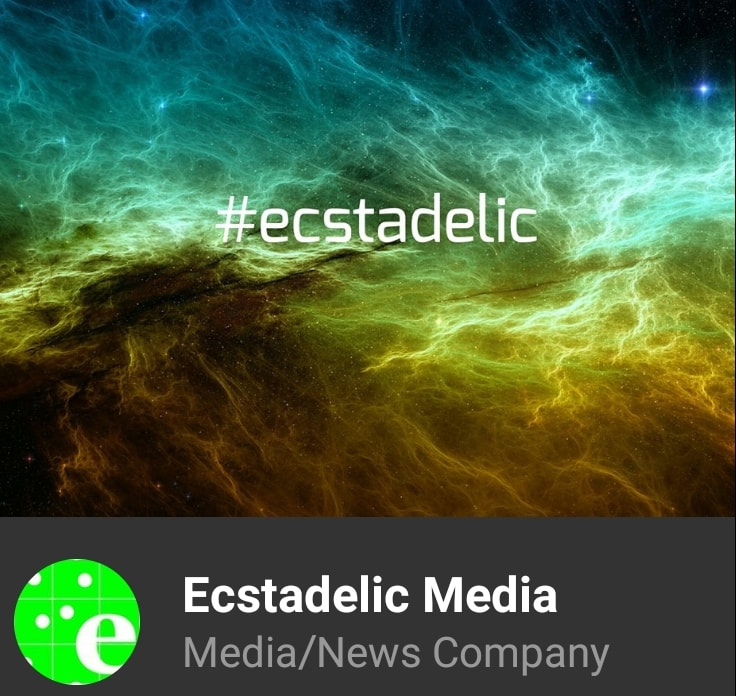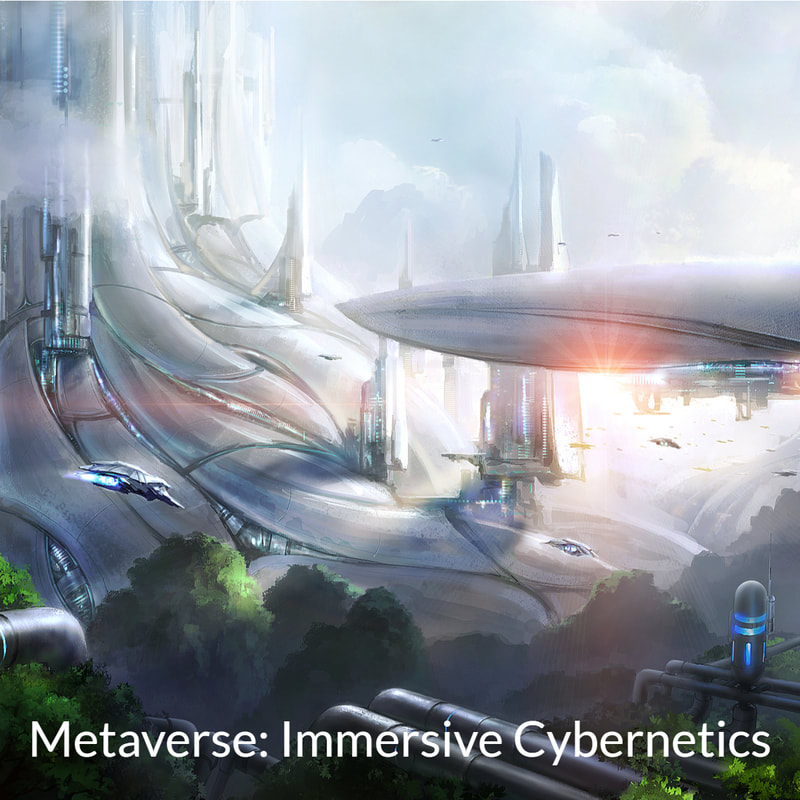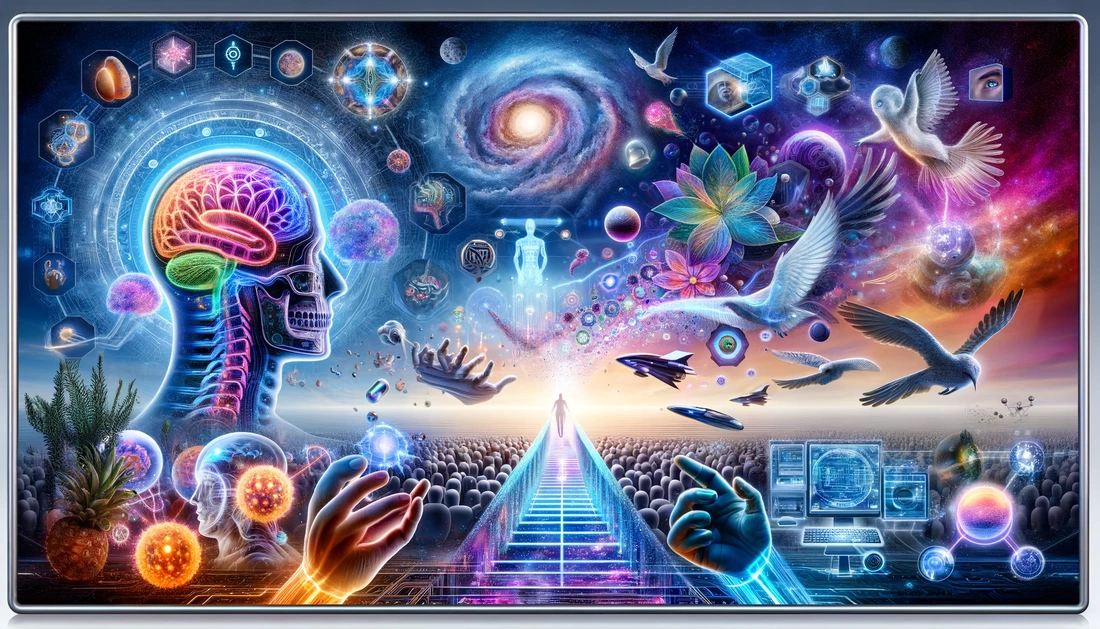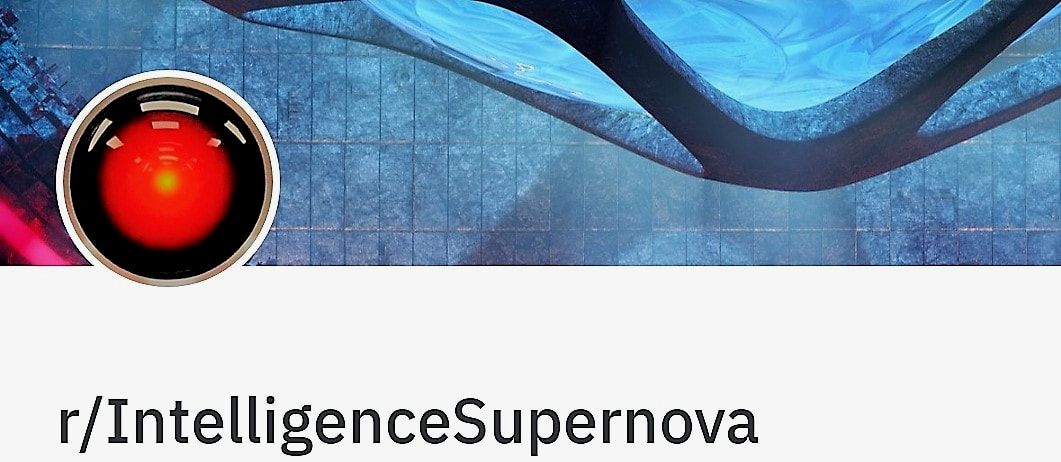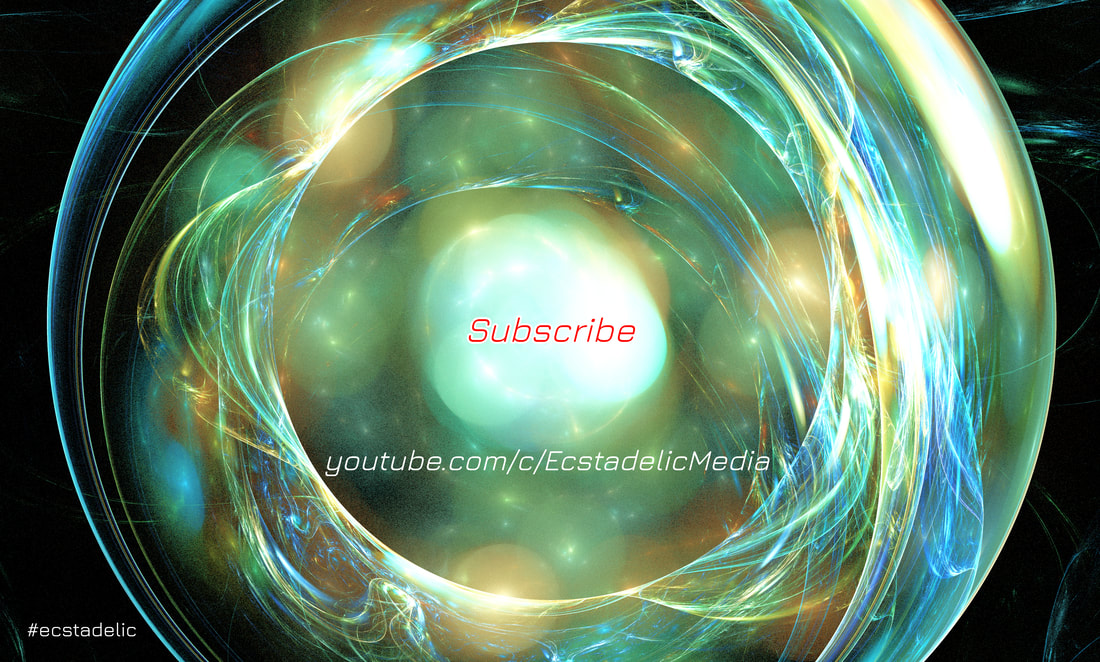|
by Alex Vikoulov "Two possibilities exist: either we are alone in the Universe or we are not. Both are equally terrifying." -Arthur C. Clarke
The coming Cybernetic Singularity could pave the way to rapid space colonization sometime by mid-century, however, not exactly how Hollywood movies depict -- fragile flesh-and-blood humans are unlikely to personally travel to other stars. Our postbiological descendants (AIs, uploads and hybrids), on the other hand, could roam the Universe on their tiny warp spaceships, via traversible wormholes, and colonize galaxies via self-replicating Von Neumann probes that would establish wormhole portals and communication with the core civilization. But what's even more exciting, First Contact and networking with alien syntellects becomes a clear possibility.
7 Comments
by Alex Vikoulov "The syntactical nature of reality, the real secret of magic, is that the world is made of language. And if you know the words that the world is made of, you can make of it whatever you wish." -Terence McKenna
In his book Food of the Gods: the Search for the Original Tree of Knowledge: a Radical History of Plants, Drugs, and Human Evolution, Terence McKenna crafts his carefully thought out theory proposing that our pre-human primate ancestors consumed psilocybin mushrooms for thousands of years, and this is the primary reason humanity’s evolution rapidly accelerated — launching us forward in the animal kingdom. Terence McKenna’s Stoned Ape Theory is more plausible than it sounds — especially in context of the emergence of human mind and language development. As our distant ancestors left the forests for the grasslands and began moving throughout Africa after the last ice age, about 18,000 years ago, the species switched to a more omnivorous diet, which included psilocybin mushrooms. A variety of mushroom spores were found embedded in the dental remains of an 18,700 year old prehistoric woman. Researchers discovered microscopic evidence that the upper paleolithic woman had been nibbling “sponge capped, bolete mushrooms and gilled mushrooms from the Agaric group.” Thus, these ‘special’ mushrooms were definitively part of the stone-age diet. In McKenna’s theory, the consumption of hallucinogenic psilocybin was done predominantly in small doses, where the effect doesn’t quite reach the point of hallucination, but instead reaches the point of heightened senses, such as visual acuity. This enhancement of vision would have helped our ancestors hunt, gather food, and detect predators. At a medium dose, psilocybin acts as an aphrodisiac -- creates a sense of restlessness and sexual arousal. This would have increased instances of successful copulation, i.e. sexual reproduction which is the main game in evolution. At higher doses, according to McKenna, in glossolalia-induced states of mind members of the group were inspired and compelled to use vocal sounds to communicate images to their tribesmen. The Stoned Ape Theory suggests that experience on magic mushrooms was the major contributing factor to the fast development of language during that period.* by Alex Vikoulov “Nanotechnology has given us the tools…to play with the ultimate toy box of nature atoms and molecules. Everything is made from it…The possibilities to create new things appear endless.” -Horst Störmer
The nanotech field was arguably launched by Richard Feynman’s 1959 talk “There’s Plenty of Room at the Bottom.” As Feynman said then: "It is a staggeringly small world that is below...Why cannot we write the entire 24 volumes of the Encyclopedia Britannica on the head of a pin? " Eric Drexler’s 1987 book Engines of Creation popularized the notion of nanotech and the next tour de force in the field was his classic 1992 book Nanosystems, which laid out conceptual designs for a host of nanomachines, including nanocomputer switches, general-purpose molecular assemblers, and a fascinating variety of other good stuff. Today's nanotech mostly focuses on narrower nano-engineering than what Drexler envisioned, but it’s still in the process of building a platform and tools that will ultimately be useful for realizing Feynman’s and Drexler’s dreams. The emerging nanotech marks manufacturing and utilization of carbon nanotubes, which have multiple applications, from the relatively simple such as super-strong fabrics and fibers to potential components of more transformative nanosystems like nanocomputers, molecular assemblers, and nanobots connecting our brains to the cloud. What's next beyond nanotechnology? Here's how Wikipedia defines the term femtotechnology: "Hypothetical term used in reference to structuring of matter on the scale of a femtometer, which is 10^−15m. This is a smaller scale in comparison to nanotechnology and picotechnology which refer to 10^−9m and 10^−12m respectively." Hugo de Garis, Australian AI researcher, wrote a few years ago in Humanity Plus Magazine on the power of the femtotechnology: "If ever a femtotech comes into being, it will be a trillion trillion times more “performant” than nanotech, for the following obvious reason. In terms of component density, a femtoteched block of nucleons or quarks would be a million cubed times denser than a nanoteched block. Since the femtoteched components are a million times closer to each other than the nanoteched components, signals between them, traveling at the speed of light, would arrive a million times faster. The total performance per second of a unit volume of femtoteched matter would thus be a million times a million times a million = a trillion trillion = 10^24."* |
Categories
All
Recent Publications The Cybernetic Theory of Mind by Alex M. Vikoulov (2022): eBook Series The Syntellect Hypothesis: Five Paradigms of the Mind's Evolution by Alex M. Vikoulov (2020): eBook Paperback Hardcover Audiobook The Omega Singularity: Universal Mind & The Fractal Multiverse by Alex M. Vikoulov (2022): eBook THEOGENESIS: Transdimensional Propagation & Universal Expansion by Alex M. Vikoulov (2021): eBook The Cybernetic Singularity: The Syntellect Emergence by Alex M. Vikoulov (2021): eBook TECHNOCULTURE: The Rise of Man by Alex M. Vikoulov (2020) eBook NOOGENESIS: Computational Biology by Alex M. Vikoulov (2020): eBook The Ouroboros Code: Reality's Digital Alchemy Self-Simulation Bridging Science and Spirituality by Antonin Tuynman (2019) eBook Paperback The Science and Philosophy of Information by Alex M. Vikoulov (2019): eBook Series Theology of Digital Physics: Phenomenal Consciousness, The Cosmic Self & The Pantheistic Interpretation of Our Holographic Reality by Alex M. Vikoulov (2019) eBook The Intelligence Supernova: Essays on Cybernetic Transhumanism, The Simulation Singularity & The Syntellect Emergence by Alex M. Vikoulov (2019) eBook The Physics of Time: D-Theory of Time & Temporal Mechanics by Alex M. Vikoulov (2019): eBook The Origins of Us: Evolutionary Emergence and The Omega Point Cosmology by Alex M. Vikoulov (2019): eBook More Than An Algorithm: Exploring the gap between natural evolution and digitally computed artificial intelligence by Antonin Tuynman (2019): eBook Our Facebook Pages
A quote on the go"When I woke up one morning I got poetically epiphanized: To us, our dreams at night feel “oh so real” when inside them but they are what they are - dreams against the backdrop of daily reality. Our daily reality is like nightly dreams against the backdrop of the larger reality. This is something we all know deep down to be true... The question then becomes how to "lucidify" this dream of reality?"— Alex M. Vikoulov Public Forums Our Custom GPTs
Alex Vikoulov AGI (Premium*)
Be Part of Our Network! *Subscribe to Premium Access Make a Donation Syndicate Content Write a Paid Review Submit Your Article Submit Your Press Release Submit Your e-News Contact Us
|





